Somali Food: Basic Overview
Common Ingredients
Common Cooking Methods
Courses
Meals
Key Taste
Eating Etiquette
Meal Presentation
Culinary Festivals
Influence and Fusion
Popular Types of Somali Food
-
Desserts
In Somali cuisine, desserts are often sweet treats that conclude a meal, ranging from simple fruit servings to elaborate confections flavored with spices.
They are often served during gatherings and special occasions.
-
Pancakes
Somali pancakes are a versatile dish, served at various times of the day, known for their thin, crepe-like consistency and can be enjoyed with both sweet and savory accompaniments.
-
Bread and Doughs
Bread and dough-based foods in Somalia vary from flatbreads consumed daily with meals to leavened varieties for special occasions.
They are often made by frying and baking for accompanying stews and sauces.
-
Rice Dishes
Rice dishes in Somali cuisine are often elaborate, featuring aromatic spices and ingredients like meat, vegetables, and sometimes fruits,
They are a centerpiece at gatherings.
Somali dishes are a rich combination of the country’s pastoral heritage, maritime resources, and the culinary influences of its traders and invaders throughout history.
Characterized by its emphasis on meat, especially camel, goat, and chicken, Somali dishes often feature a blend of aromatic spices like cumin, cardamom, cloves, and cinnamon, reflecting the country’s historical trade links with Indian specialties and Middle Eastern delicacies.
Rice and pasta are major influences of Italian food as staple carbohydrates. Stews (maraq) and sauces, often tomato-based, are central to the cuisine, providing moisture and flavor to meals.
Somali cooking also showcases a variety of sweets and desserts spiced with cardamom and cinnamon. The communal eating practice is a lovely touch, emphasizing hospitality and sharing, with meals typically served from a single large platter.
21 Most Popular Somali Dishes with Filters
Keep your curiosity for food going by seeing these 21 Somali dishes using the filter system, with options relating to alphabetical order, ingredients, tastes, cooking methods, global popularity, and dish types.
To further comprehend the specialties of Somalia, you should dive into the categories like the most popular, national, traditional, street food, and fusion options in the country:
Canjeero
- National
- Traditional
Laxoox, canjeero, anjero, or sourdough pancakes, is one of the most common Somali breakfast dishes. These thin pancakes, often made using legumes or cereals, are ideal to enjoy in various ways.
Those who have a sweet tooth might drizzle the flatbread with honey and serve it with tea. But those who prefer something savory usually pair it with sesame oil, olive oil, or ghee (clarified butter).
During lunch or dinner, the locals also enjoy these sourdough pancakes with a bowl of warm stew, soup, and curry. The bread is also a common choice for serving during Eid.
Malawah
- Traditional
Malawah, or malawax, are plate-sized pancakes possessing a slightly sweeter and greasier profile. Typically, malawah is served with tea. This pancake is a typical home-cooked recipe in Somalia. Malawah is also a well-known breakfast dish in Somalia, usually presented in a stack of multiple pancakes and flavored with cardamom.
Sabaayad
- Street Food
- Traditional
Sabaayad is a very popular flatbread in Somalia, frequently eaten for breakfast. Also known as kimis, this versatile flatbread also goes well with Somali stew, soup, and curry for lunch and dinner.
Made by frying, the dough of sabaayad is kneaded into a circle or square shape before the cooking process.
The sabaayad comes with a crispy texture on the outside and soft on the inside. As the first meal of the day, most locals serve sabaayad with cinnamon sugar, honey, butter, and of course, a cup of tea.
Mushaari
- Traditional
Mushaari, also known as boorash, is a type of porridge crafted to have a thick consistency. When cooked, milk is a common addition to include a fragrant scent to mixture.
In Somalia, mushaari is often prepared for mothers after childbirth to speed up their recovery and help with lactation. It is also suitable for the elderly, frail, or sick.
This comforting dish is traditionally cooked during the Muslim holy months of Ramadan and Iftar, but you can find it at any time of year.
Fuul
- Street Food
- Traditional
Fuul is a hearty bean stew that revolves around cooking fava beans and a Somali xawaash spice blend, giving it a much spicier profile. With a full name of ful medames, the stew sometimes comes with raw onion and boiled eggs.
This dish pairs amazingly well with flatbreads like canjeero and kimis. The locals also combine the softened fava beans with olive oil, chopped parsley, a pinch of chili for heat, and lemon juice to balance the fat.
Oodkac
- Traditional
Oodkac, or muqmad, is a traditional Somali dried meat preparation. The process involves cutting meat into small pieces, which are then seasoned and air-dried.
The dried meat can be stored for up to a year, providing a constant source of protein and energy for the nomadic nomads. Ideally, muqmad is best preserved in ghee.
To cook oodkac, simply cut them into cubes, deep-fry, and store them in a wooden container. People often serve Muqmad at weddings in a xeedho, a unique container designed with seashells and leather.
Bariis Iskukaris
- National
- Traditional
Bariis Iskukaris, also called isku-dheh karis, is a typical rice dish from Somalia with a variety of meats, including mutton, chicken, fish, or camel meat. Often, it’s served with a banana in certain Somali eateries.
This filling dish usually comes in a clay pot known as a baris dhari, making it taste different from dishes cooked in metal pots. The dish is particularly popular among Somali Muslims.
To give the dish its signature orange hue, people sometimes add saffron or orange food coloring once the rice is cooked.
Baasto Iyo Suugo
- Fusion
- National
Baasto iyo suugo is a pasta dish with sauce from Somalia. It mainly consists of spaghetti topped with suugo suqaar, a beef sauce flavored with xawaash for a spicy flavor.
The dish is an adaptation of similar Italian pasta dishes, which were introduced to Somali cuisine by Italians who once colonized parts of the country. Interestingly. baasto iyo suugo is usually served with a banana and a squeeze of lemon juice.
Cambuulo
- Traditional
Cambuulo is a traditional Somali dish made with cooked adzuki beans or digir and rice. Sometimes, people also combine it with other beans, lentils, or corns.
This unique bean and rice dish is typically served with sesame oil, sugar, and a tomato sauce called maraq. Furthermore, you can go for options like flatbreads to have with cambuulo.
Although this might look like a simple dish, it can take up to 5 hours to thoroughly cook the beans at a low temperature to produce a soft and creamy texture.
Maraq
- Traditional
Maraq is a common soup in Somalia with a texture similar to a stew. Flavored with coriander and ginger, this delicious chicken stew is the first serving of many meals.
Besides chicken, maraq also includes carrots, potatoes, and tomatoes to enhance the broth profile.
Like any other soups or stews in Somalia, this dish is often enjoyed with some traditional flatbread on the side and a squeeze of fresh lime juice.
Muufo
- Traditional
Muufo is one of the most common types of Somali flatbread. Although it is nearly identical to sabaayad, it is slightly thicker and traditionally baked in a clay oven.
This dish is very popular in the South of Somalia. This traditional unleavened flatbread is made with cornflour and lightly spiced with fenugreek, a common clover-like herb in the Mediterranean region.
The Somalis like to eat this flatbread with honey, sugar, and butter for breakfast. And, of course, it also makes its appearance during lunch and dinner as a side dish of stews and soups.
Gashaato
- Traditional
Gashaato is a kind of Somali sweet made from sugar and coconut. Also known as kashaato or qumbe, the treat has a crunchy, chewy texture and a sweet, minty flavor.
To make gashaato, people simply boil sugar before incorporating shredded coconut and cardamom. Plus, locals usually shaped it into small squares and decorated it with sprinkles.
Sambusa
- Street Food
- Traditional
Sambusa, or samsuus, is a Somali version of Indian samosa, a savory pastry known for its delicious filling, which can include potatoes, onions, peas, chicken, and various meats.
Its shape varies by region, adopting forms such as triangles, cones, or half-moons. In Somalia, they are often filled with ground beef and made with a thinner pastry dough.
While sambusas can be enjoyed year-round, they are typically reserved for special occasions.
Nafaqo
- Street Food
- Traditional
Nafaqo is a specialty in Somalia, encasing a boiled egg wrapped with chopped or mashed potatoes. Then, the dish is fried in oil until crispy.
Popular across the Middle East and Arab nations, nafaqo features a soft interior with a crunchy exterior.
Xalwo
- National
- Traditional
Xalwo, also known as halwa in other regions, is a traditional Somali confectionery made from sugar, cornstarch, oil, and various flavorings like cardamom, nutmeg, and coconut.
The sweet is a staple at celebrations and festive occasions, like weddings and Eid in Somalia. The treat is known for its sticky, gelatinous texture and rich, sweet flavor.
Xalwo often includes nuts like peanuts or sesame seeds for added texture and is typically colored with saffron or food coloring.
Basbousa
- Fusion
Basbousa is a sweet, syrup-soaked semolina cake having its origin coming from Egypt. The soft cake is also popular throughout the Middle East and the Mediterranean made with semolina, coconut, yogurt, sugar, and simple syrup.
When served, the cake is usually cut into diamond shapes and decorated with nuts. Plus, Somalis even accompany this cake with a cup of tea to balance the sweet taste.
Shushumow
- Traditional
Shushumow, also known as kalkals or sweet Somali doughnuts, is a popular Somali confection. These are small, sweet pastries that are deep-fried to a golden brown and often coated in syrup or dusted with powdered sugar.
Made from a dough that typically includes flour, sugar, and eggs, shushumow has a crispy exterior and a light, airy interior. They are particularly popular during festive occasions such as Eid.
Kac Kac
- Street Food
- Traditional
Kac kac is a delightful Somalian donut known for its crispy, and crunchy exterior while boasting a soft, pillowy interior. They are an ideal treat at many events, particularly during Ramadan.
Often likened to Somali beignets, these donuts can be found in traditional Somali eateries throughout Mogadishu and other cities. Kac kac is typically enjoyed with coffee or milk tea (shaah caddeeys).
Icun
- Traditional
Icun is a traditional Somali shortbread cookie, often reserved as a dessert for Eid. The preparation of these delightful sweets the night before Eid is a cherished tradition.
Surprisingly, the name “Icun” translates to “eat me” in Somali. When trying one of these cookies, it offers an interesting crumbly texture.
Jallaato
- Street Food
- Traditional
Jallaato is the Somali word for ice cream, a frozen dessert enjoyed for its cool, refreshing taste. Somali ice cream can come in various flavors and is especially popular during hot weather and festive occasions.
The cold treat is a simple combination of sweetened milk with fruits before being put in a mold for freezing.
Buskut
- Traditional
Buskut are biscuits or cookies in Somali cuisine, encompassing a variety of sweet, baked treats that are often flavored with cardamom, coconut, or sesame seeds. These biscuits are typically enjoyed as snacks with tea or coffee and are a staple during festive occasions and celebrations.
Buskut can range from simple, buttery cookies to more elaborate versions decorated with icing or filled with jam.
What Are the Typical Meals in Somalia?
In Somalia, meals are divided specifically with some dishes often consumed at a specific point of the day. Therefore, you should explore the breakfast, lunch, and dinner of Somalis:
Starts with Somali-style tea or coffee, flavored with spices like ginger, cardamom, and cinnamon.
The main component is a pancake-like bread, often accompanied by honey, ghee, or oils.
It’s common to have a side of liver, goat meat, diced beef, or dried meat, sometimes served with stew or soup.
Features main dishes of flatbread, pasta, or rice.
Usually an elaborate meal with a main dish.
Often enjoy Arab dishes.
Served late at around 9 PM, often includes dishes made from well-cooked adzuki beans mixed with butter and sugar, or wheat prepared similarly.
Once you’ve got hold of the meal periods in Somalia, it’s wise to pick the right drinks that bring out the best flavors of these dishes.
What Somali Dishes to Pair with Beverages?
In Somali cuisine, the choice of beverage to complement a meal is crucial for enhancing the overall dining experience. Here are some pairings to consider:
Did you enjoy these specialties of Somalia? Make sure to share them with friends and leave a comment down below.
Thank you all so much for reading, and I hope to see you soon!



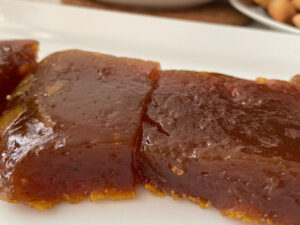
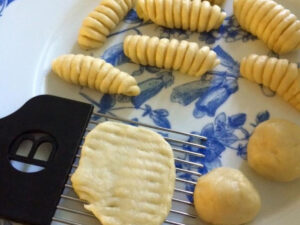
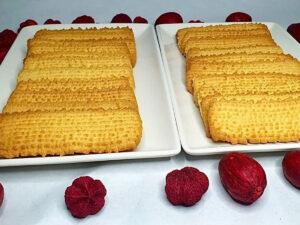
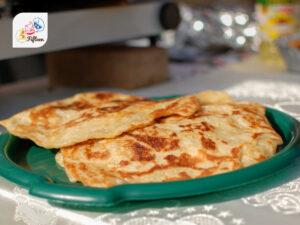
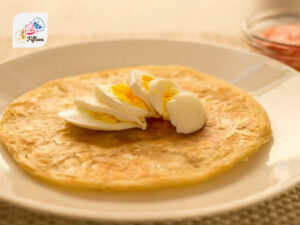
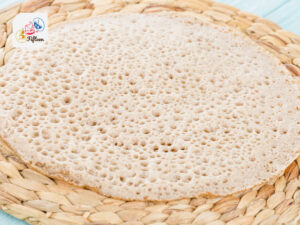

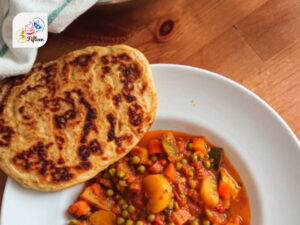
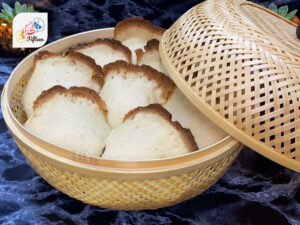
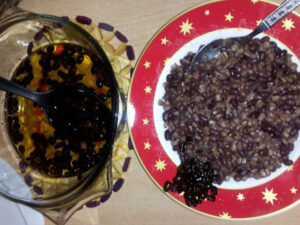
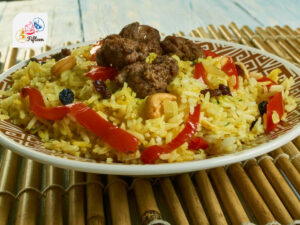
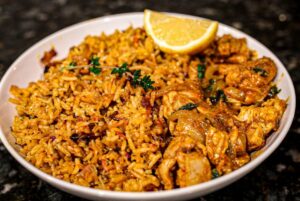
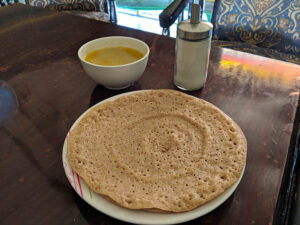
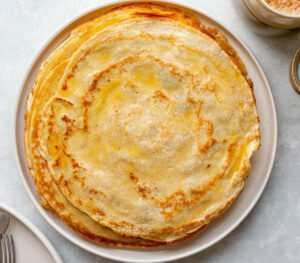
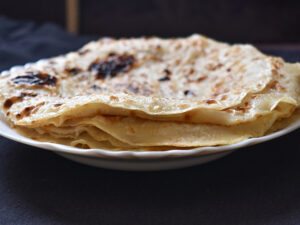
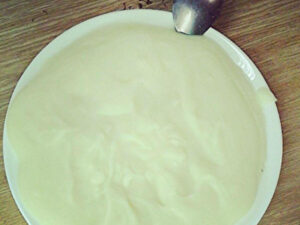
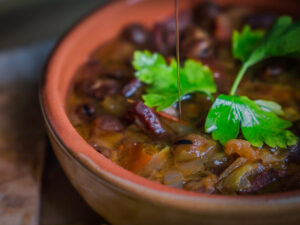
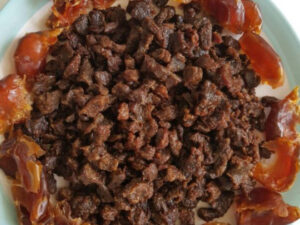
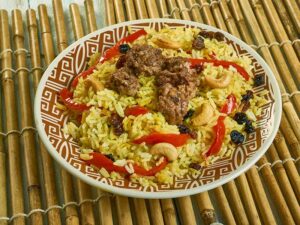
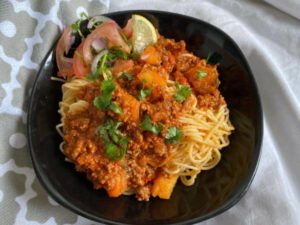
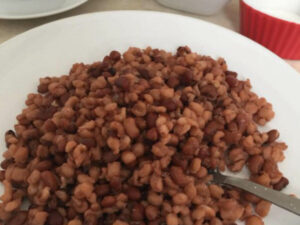
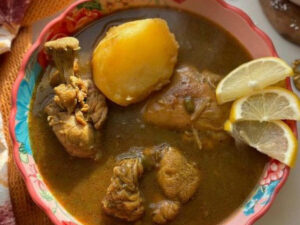
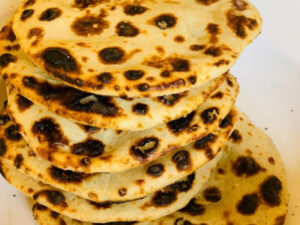
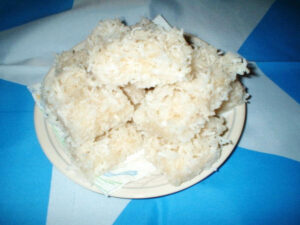
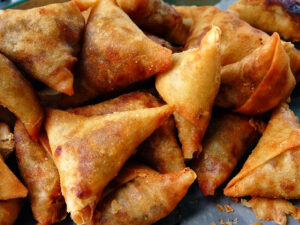
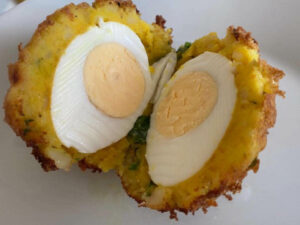
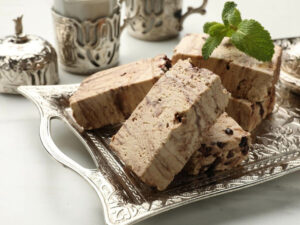
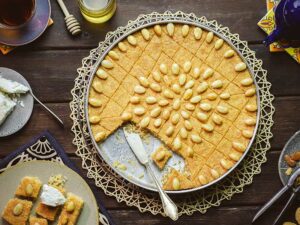
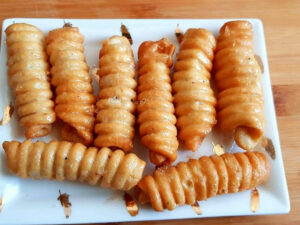
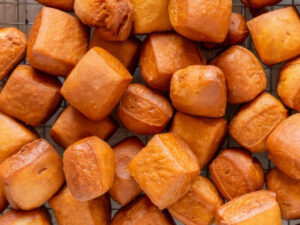



Jamie Scott
Editor in Chief, Senior Content Writer
Expertise
Home Cooking, Meal Planning, Recipe Development, Baking and Pastry, Food Editor, Cooking-video Maker, Western Food Evaluation Expert
Education
Le Cordon Bleu College of Culinary Arts
Local Community College, New York, NY
Jamie Scott is a skilled culinary expert and content creator specializing in Western cuisine. With over 15 years in the culinary field and formal training from Le Cordon Bleu, Paris, Jamie deeply understands how to blend nutrition with delicious flavors. His passion for cooking matches his commitment to making healthy eating accessible and enjoyable.
On Fifteen.net, Jamie brings a fresh perspective to classic dishes and beverages, offering readers insightful recipes, cooking tips, and a fresh view on meal planning that emphasizes taste, health, and simplicity.